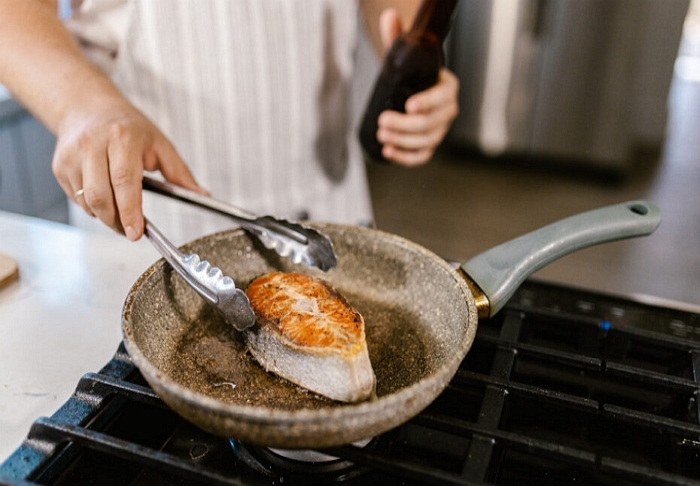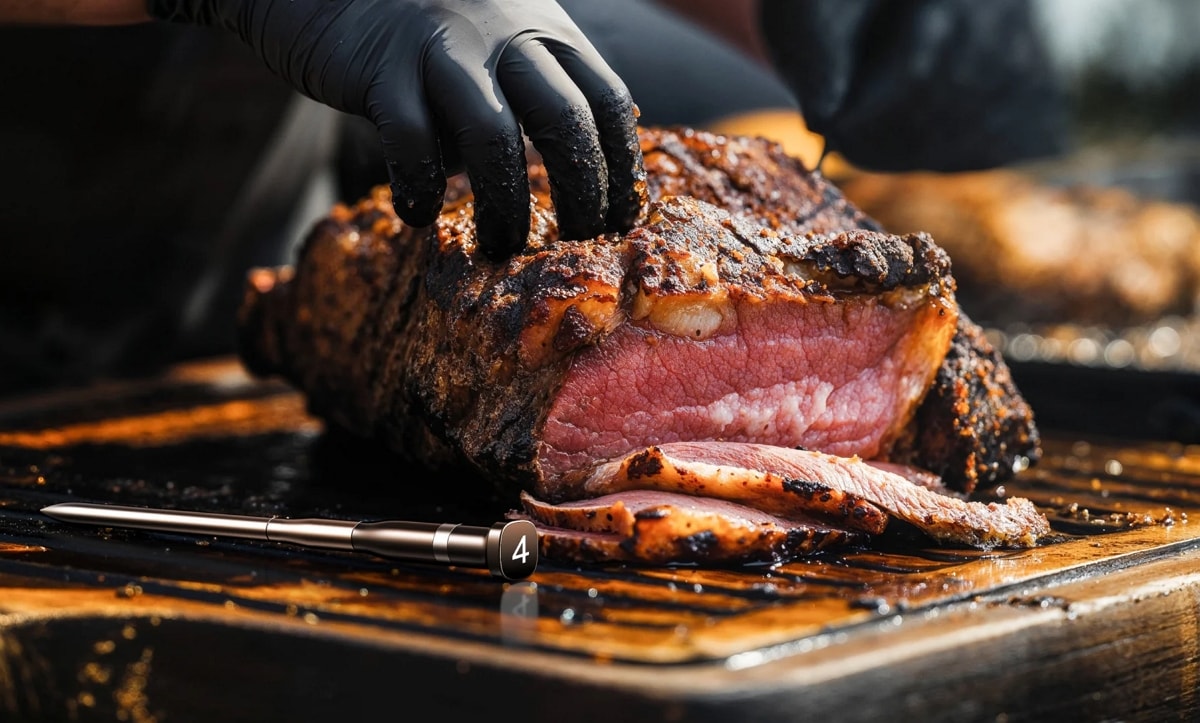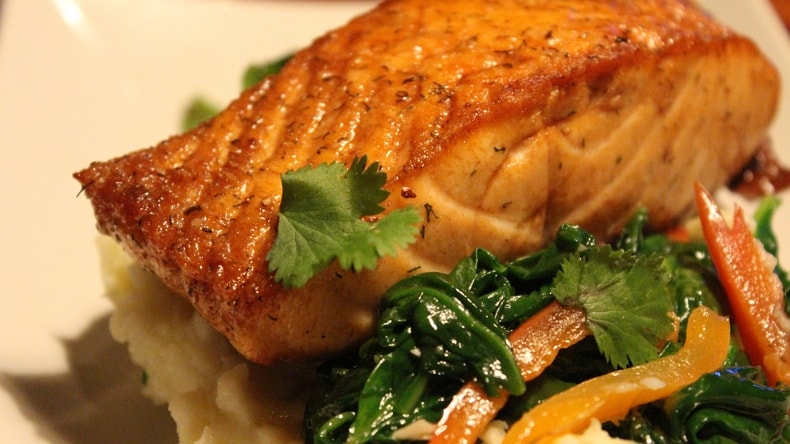What temperature will your chicken be so that it is safe, juicy, and tender?
It’s a culinary question that’s been around for years.
Chicken is a highly versatile and delicious protein, loved by millions around the world. Whether you’re grilling, roasting, or sautéing – you’ll find it in countless recipes with endless ways to prepare and use the meat.
But dear reader, you’ve probably also encountered your fair share of dry, overcooked chicken. We all know how disappointing a dish can be if chicken comes out rubbery and overdone. It’s a disaster.
For juicy, tender chicken that’s cooked to perfection, this article will give you the rundown you need to cook perfect, safe chicken every time.
That risky question of “Is it done”? No more.
What temperature is chicken done?
Dark Meat Doneness
Whether the dark or white sections of a chicken, the safe temperature of chicken is the same: 165°F (74°C).
Cooking dark meat chicken at 170-175°F (77-79°C) can result in more tender and juicy meat as the connective tissue breaks down at this temperature. It’s important to use a meat thermometer to check the temperature, though!
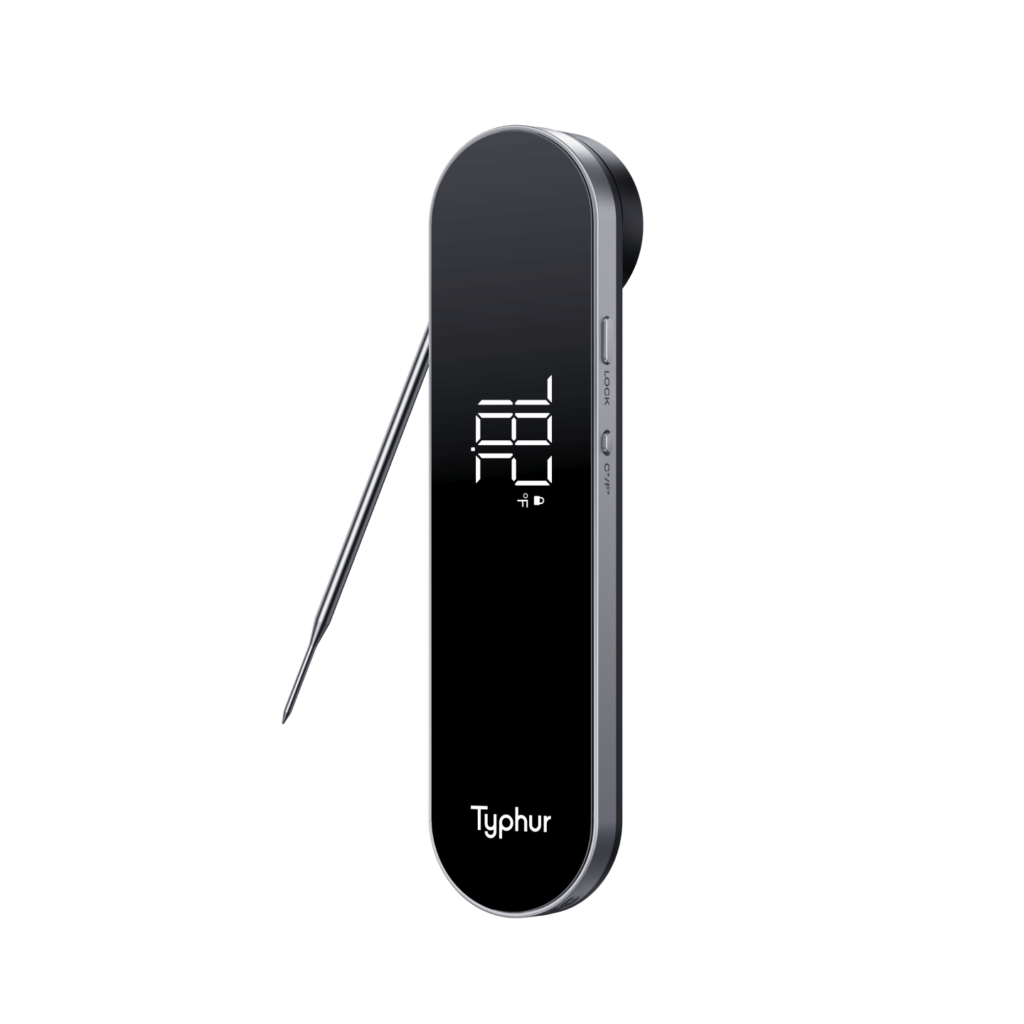
Instant Read Meat Thermometer
Some people prefer to cook dark meat chicken to a slightly higher temperature for better flavor and texture, so long as you’re hitting this temperature threshold, though, you’re safe – the chicken is good to go.
White Meat Doneness
If we’re looking at just the white meat of chicken (this will apply to most, as this includes breast and wings), the safe minimum internal temperature is again 165°F (74°C). Cooking chicken to this temperature ensures that harmful bacteria, such as salmonella and campylobacter, are killed, and the chicken is safe to eat.
Overcooking white meat chicken can result in dry and tough meat, so it’s important not to exceed the recommended temperature. Once the chicken reaches 165°F (74°C), remove it from the heat source and let it rest for at least 5-10 minutes before serving. This allows the juices to redistribute and the meat to become more tender and flavorful. This is a key step that’s often missed out, as we all rush to get meals served as fast as possible.
How to calculate the internal temperature of chicken?
So now we know the minimum safe temperature for chicken. How do we get that result?
For reliable results, you’re going to want a meat thermometer. This reliably tracks the temperature of your meat, ensuring you don’t go over or under, and the result is as good as it can be.
The Typhur InstaProbe instant-read thermometer is a great choice here, giving you reads in just 0.5 seconds. Not bad!
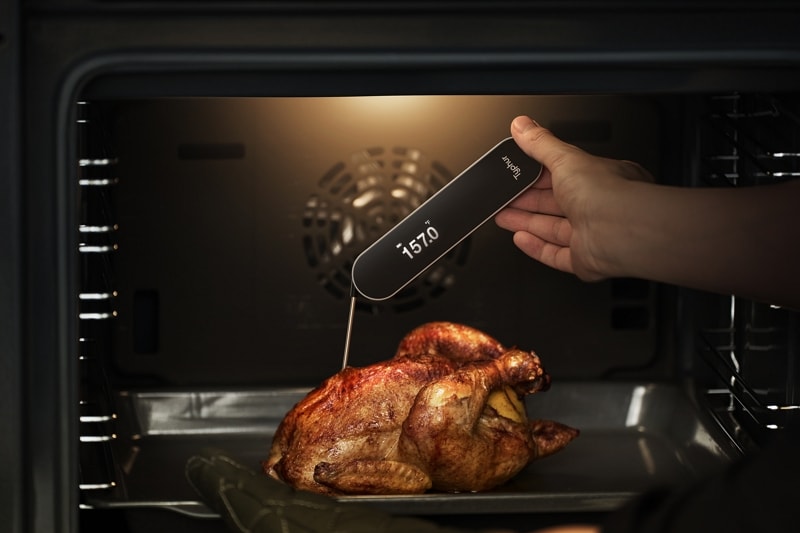
- Insert the meat thermometer into the thickest part of the chicken, making sure it doesn’t touch the bone.
- Wait a few seconds for the thermometer to register the temperature.
- Check the temperature reading on the thermometer.
- If the temperature is below 165°F (74°C), continue cooking the chicken until it reaches the recommended temperature.
We recommend checking the doneness in multiple sections for consistency, especially if the temperature is only slightly over or under your desired result.
Best Chicken Recipes For You!
- Sous vide chicken thighs
- Air fryer chicken breast
- Sous vide chicken breast
- Air fryer chicken thighs
- Smoked chicken
- Air fryer chicken nuggets
- Air-fryer Spice Roast Chicken
FAQ about cooking chicken
We’ve been working hard in the kitchen for years now, applying cooking science to our range of kitchen appliances to empower cooks all over the globe. However, we’ve fielded a few questions on chicken in our time doing this, so this section serves to answer some common questions on cooking chicken.
No, 145 degrees Fahrenheit (63 degrees Celsius) is not considered safe for chicken. As the USDA points out, the safe minimum internal temperature for chicken is 165°F (74°C). If there are any harmful bacteria hiding in the chicken, this temperature ensures it’s all killed off.
Yes! This is the safe minimum internal temperature. Rest assured, if your thermometer gives you a result at this temperature, you’re good to go! While it’s possible to cook the chicken to a slightly lower temperature and still be safe, the USDA recommends a minimum temperature of 165°F (74°C) to ensure that all parts of the chicken are fully cooked and safe to eat. Simple as that.
Summing Up
There’s a reason chicken is loved globally – it’s delicious and versatile. A truly classic meat.
But as we mentioned when we started this article, it’s extremely easy to overcook or undercook this protein, leading to disappointing, dry, rubbery meat. Or in the case of undercooking… Food poisoning or worse!
So, it is important to know when your chicken is done, and consider utilizing a thermometer to get a consistent, reliable result.
Well-cooked chicken is worth the investment. You’ll thank us later.


